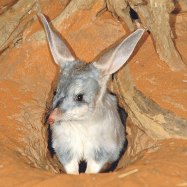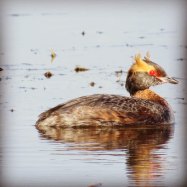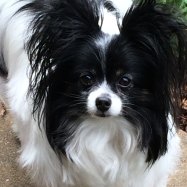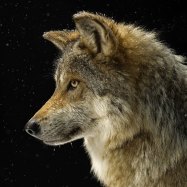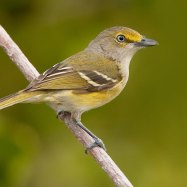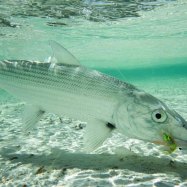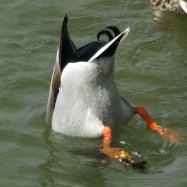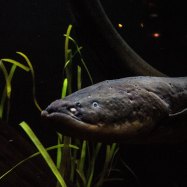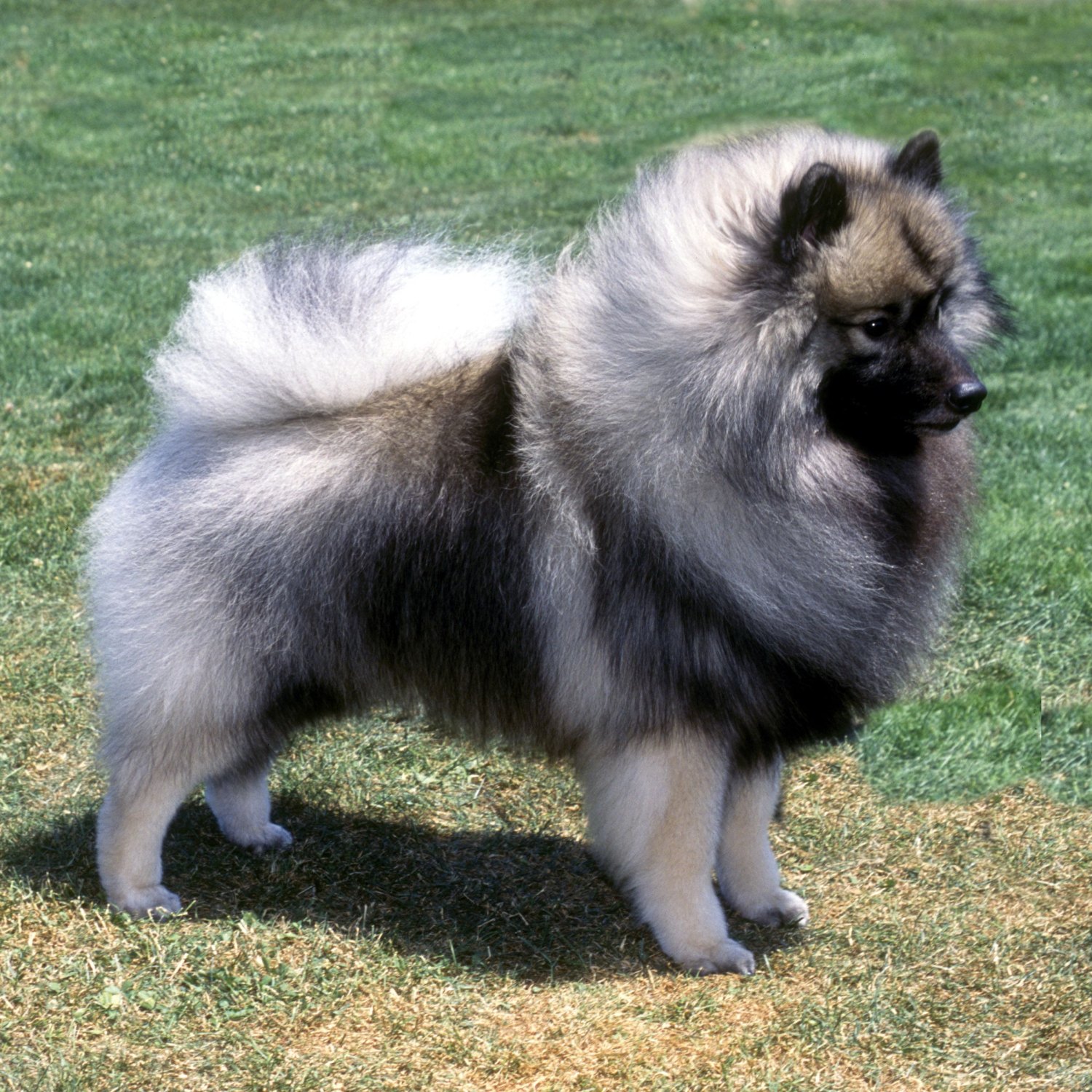
Keeshond
17 to 18 inches (43 to 46 cm)
Keeshonds are a friendly and playful breed of dogs, measuring 17 to 18 inches in length and belonging to the Canidae family. They are well-suited for residential areas as they are medium-sized and sturdy, making them great companions for families. These furry canines are known for their loyal nature and are sure to bring joy to any household. #Keeshond #dogs #residentialareas #Canidae
Animal Details Summary:
Common Name: Keeshond
Kingdom: Animalia
Habitat: Terrestrial
The Endearing Keeshond: A Loyal and Loving Companion
Introduction
Deep in the heart of Europe, in the beautiful country of Netherlands, lives a charming and lovable canine companion known as the Keeshond. This delightful dog may not be as well-known as other popular breeds, but those who have had the pleasure of knowing a Keeshond will testify to its unwavering loyalty, loving nature, and playful personality.In the Family of Canidae
The Keeshond, scientifically known as Canis lupus familiaris, belongs to the family of Canidae, which includes other popular dogs such as wolves, foxes, and coyotes. This indicates that the Keeshond shares similar traits and characteristics with its wild relatives, but with the added advantage of being domesticated Keeshond.A Medium-sized and Sturdy Canine
The Keeshond has a distinctive appearance that sets it apart from most other dog breeds. A medium-sized dog, it stands at around 17 to 18 inches (43 to 46 cm) and weighs between 35 to 45 pounds (16 to 20 kg). Its body is sturdy and well-proportioned, allowing it to move with ease and grace. The Keeshond's body shape, combined with its bushy tail and fluffy coat, gives it a charming and teddy-bear-like appearance that is hard to resist.A Coat of Gray, Black, and Cream
One of the most striking features of the Keeshond is its unique coat. It is predominantly gray in color, with black-tipped fur that gives it a beautiful shimmer. The fur is long and dense, providing the Keeshond with ample protection from the cold weather. The undercoat is also thick, providing insulation during colder months. In addition to the gray and black, the Keeshond's coat also has cream-colored markings on its chest, legs, and face, adding to its overall cuteness King Eider.The Heart of a Family Dog
The Keeshond is known for its loving and affectionate disposition, making it an excellent family dog. It thrives on human companionship and loves to be a part of family activities. Whether it's going for a walk, playing in the park, or cuddling on the couch, the Keeshond will happily join in with its human family. This breed is especially great with children, making it an ideal choice for families looking for a furry new member.The Keeshond's Origin Story
The Keeshond's history can be traced back to the 18th century in the Netherlands. It was first bred as a companion and watchdog for barge workers, and its name is derived from the Dutch word "kees," which means "fur." These dogs were commonly found in residential areas, specifically on barges and boats, where they served as guards and companions.In the 19th century, the Keeshond's popularity grew, and it became a favorite among the Dutch middle class. It was often seen as a symbol of the Dutch Patriots party, used in political propaganda during the Dutch Revolution. Since then, the Keeshond's popularity has spread beyond the borders of the Netherlands and has become a beloved breed in many countries around the world.
The Keeshond's Habitat and Geographical Distribution
The Keeshond is a terrestrial animal, meaning it is primarily found on land. It prefers to live in residential areas, making it an excellent choice for city dwellers. The breed's friendly and easy-going nature makes it well-suited for living in close proximity to humans, and it can adapt well to apartment living.While its country of origin is the Netherlands, the Keeshond can now be found in various parts of Europe, including Germany, France, and the United Kingdom. It has also gained popularity in the United States and Canada, where it is recognized by the American Kennel Club and the Canadian Kennel Club, respectively.
A Carnivorous Diet
As a member of the carnivorous order, the Keeshond's diet mainly consists of meat. This breed's ancestors were hunters, and even though it is now a domesticated pet, the Keeshond still maintains its natural instincts. Therefore, its diet should ideally include high-quality dog food that is rich in protein and essential nutrients. It is important to note that the Keeshond should not be fed table scraps or human food, as these can cause digestive issues and lead to obesity.Grooming and Care
The Keeshond's thick and fluffy coat requires regular grooming to keep it looking healthy and vibrant. A weekly brushing session is sufficient to keep its coat free from tangles and matting. However, during shedding season, which occurs twice a year, daily brushing may be necessary to remove loose fur. This breed also has a high tendency to develop dental issues, so it is best to brush their teeth regularly to maintain good oral hygiene.In addition to grooming, the Keeshond also requires regular exercise to keep it healthy and happy. Daily walks, play sessions, and mental stimulation activities such as training and interactive games are essential to prevent boredom and destructive behaviors.
The Keeshond's Personality
The Keeshond is a lovable and loyal companion that is highly devoted to its human family. It is known for its friendly and outgoing nature, making it an excellent companion for all ages. This breed also possesses a strong protective instinct, and it will not hesitate to alert its owners to any potential danger. As such, the Keeshond makes for a fantastic watchdog, while also being gentle and affectionate towards those it knows and loves.Health Concerns and Lifespan
Keeshonds are generally known to be a healthy breed, but like all dogs, they can be susceptible to certain health issues. Some of the common health concerns for Keeshonds include hip dysplasia, patellar luxation, and eye problems. It is essential to ensure that the breeder you are obtaining your Keeshond from conducts health checks and provides proper documentation.When properly cared for, the Keeshond has an average lifespan of 12 to 15 years, giving you many years of love and companionship.
The Keeshond and Natural Language Processing (NLP)
The Keeshond's amiable personality and intelligence make it an excellent choice for therapy and support dogs. Its ability to engage and interact with humans makes it an ideal candidate for Natural Language Processing (NLP) research and training. With its sharp senses and keen intuition, the Keeshond can provide valuable insights into the development of AI and NLP.Conclusion
The Keeshond is a charming, lovable, and intelligent breed that makes for an excellent family pet. Its unique appearance, gentle nature, and loyal personality make it a favorite among dog lovers worldwide. Whether you live in a big city or a rural area, the Keeshond will make a fantastic and devoted companion for you and your loved ones.So, if you're looking for a new furry friend, consider adding a Keeshond to your family. You won't regret it!

Keeshond
Animal Details Keeshond - Scientific Name: Canis lupus familiaris
- Category: Animals K
- Scientific Name: Canis lupus familiaris
- Common Name: Keeshond
- Kingdom: Animalia
- Phylum: Chordata
- Class: Mammalia
- Order: Carnivora
- Family: Canidae
- Habitat: Terrestrial
- Feeding Method: Carnivorous
- Geographical Distribution: Europe
- Country of Origin: Netherlands
- Location: Residential areas
- Animal Coloration: Grey, black, and cream
- Body Shape: Medium-sized and sturdy
- Length: 17 to 18 inches (43 to 46 cm)

Keeshond
- Adult Size: Medium
- Average Lifespan: 12 to 15 years
- Reproduction: Sexual
- Reproductive Behavior: Seasonal breeders
- Sound or Call: Barking
- Migration Pattern: Non-migratory
- Social Groups: Pack
- Behavior: Intelligent, friendly, lively
- Threats: None
- Conservation Status: Domesticated
- Impact on Ecosystem: Companion animal
- Human Use: Companion animal
- Distinctive Features: Fluffy double coat, curled tail
- Interesting Facts: Keeshonds are known for their affectionate nature and excellent watchdog abilities.
- Predator: None
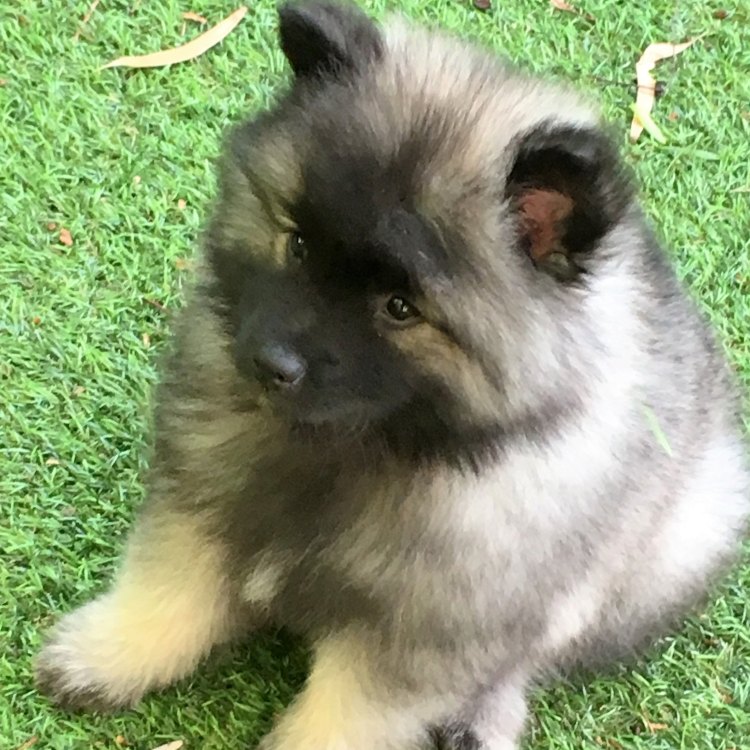
Canis lupus familiaris
The Keeshond: A Lively and Affectionate Companion
If you're in the market for a new furry friend, look no further than the Keeshond. With its distinct fluffy coat, curled tail, and friendly personality, the Keeshond is a beloved companion to many families. But there's more to this medium-sized dog breed than just being a loving pet. In this article, we'll dive deep into the world of Keeshonds, exploring their unique features, behaviors, and impact on both humans and the ecosystem PeaceOfAnimals.Com.Adult Size and Lifespan
The Keeshond is classified as a medium-sized dog breed, typically weighing between 35-60 pounds and standing at a height of 17-19 inches. They have a compact and sturdy build, making them an ideal size for both families and apartment dwellers.
On average, Keeshonds have a lifespan of 12 to 15 years. Of course, this can vary depending on factors such as diet, exercise, and overall health. With proper care and love, a Keeshond can be a loyal companion for over a decade.
Reproduction and Sexual Behavior
Like most mammals, Keeshonds are sexual reproducers. This means they require a male and female partner to breed. However, unlike humans, Keeshonds have a seasonal breeding pattern. This means they are only able to reproduce during certain times of the year, usually in the spring or fall Kermode Bear.
This seasonal breeding behavior is a result of their ancestral origins as Arctic sled dogs. In the harsh winter months, it was challenging to care for puppies, so their breeding cycle evolved to ensure the survival of their offspring.
Distinctive Features and Interesting Facts
One of the most striking features of a Keeshond is their fluffy double coat. It's long, thick, and requires regular brushing to keep it looking its best. The outer coat is a mixture of silver and black, while the undercoat is a soft, cream color. This distinctive coat not only adds to the Keeshond's appeal but also serves a practical purpose. It helps protect them from the cold temperatures they were originally bred to withstand.
Another unique feature of the Keeshond is their curled tail. It's often compared to a plume, and it adds to their charm and elegance. In the past, their tails were docked to make them more efficient hunters, but most Keeshonds today have their full-length tail intact.
Aside from their distinctive physical features, Keeshonds are also known for their intelligence, friendliness, and liveliness. They are excellent watchdogs and are always eager to please their owners. This makes them a suitable pet for families of all sizes, including those with children and other pets.
Impact on the Ecosystem
As you may have noticed, the Keeshond has no listed threats or predators. This is because they are a domesticated breed and do not live in the wild. As companion animals, they have a minimal impact on the ecosystem. They do not hunt or disturb the natural balance of any particular ecosystem, making them an environmentally-friendly pet choice.
Human Use and Conservation Status
Keeshonds have been domesticated for centuries and are primarily used as companion animals. They thrive on affection and love to be around their human family. They play a vital role in providing emotional support, easing stress, and boosting overall well-being.
Fortunately, the Keeshond is not classified as an endangered species. They have a stable population and are not at risk of extinction. However, it's essential to note that responsible breeding and ownership practices are crucial in maintaining this status.
Social Behavior
In the past, Keeshonds were bred to work in packs, pulling sleds in harsh Arctic environments. This pack mentality is still evident in their behavior today, as they thrive in social settings. They are excellent with other pets and can quickly adapt to new surroundings. However, they can be prone to separation anxiety if left alone for extended periods. Therefore, they do best in homes where someone can spend time with them on a regular basis.
Sound or Call
Like most dog breeds, Keeshonds communicate through barking. It's their way of alerting their owners to potential dangers or signaling that they need attention. However, with proper training and socialization, Keeshonds can learn to control their barking and only do so when necessary.
Migration Pattern
Keeshonds are a non-migratory breed, as they do not need to travel long distances for hunting or survival. This also makes them an ideal pet for those who live in more urban environments.
How to Care for a Keeshond
As affectionate and loveable as Keeshonds are, they do require proper care and attention. Here are a few tips for keeping your Keeshond happy and healthy:
- Brush their coat regularly to prevent matting and remove any loose fur.
- Provide regular exercise to keep them physically and mentally stimulated.
- Stick to a healthy and balanced diet recommended by your veterinarian.
- Schedule regular check-ups and vaccinations to ensure their overall health.
- Give them plenty of love and affection, as they thrive on bonding with their human family.
In conclusion, the Keeshond is a charming and lively breed that makes for an excellent companion animal. They have distinctive features, unique breeding behavior, and a positive impact on both humans and the environment. With proper care and love, a Keeshond can bring a decade or more of joy and loyalty to your life. So, if you're considering adding a furry friend to your family, the Keeshond is definitely a breed worth considering.
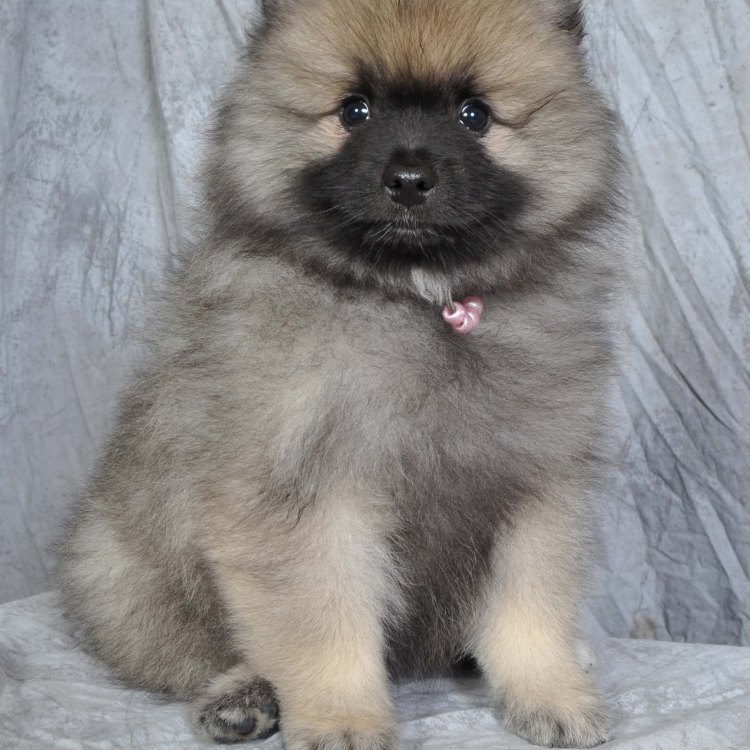
The Endearing Keeshond: A Loyal and Loving Companion
Disclaimer: The content provided is for informational purposes only. We cannot guarantee the accuracy of the information on this page 100%. All information provided here may change without prior notice.

